You’ve heard of writing. You’ve heard of rewriting. But what about unwriting?
Imagine you’re drafting a story. Perhaps you’re in the outline phase, figuring out the course of events. Or maybe you’re a pantser, so you’re just writing along, watching as the story unfolds before you.
At a certain point, the process becomes more and more difficult. Something feels wrong. It feels off.
What do you do?
Different writers will make different choices at this juncture. Some might throw up their hands in frustration at the fickleness of the creative muse. Some might complain of writer’s block. Some might reread. Some might take a break. Some might push forward no matter what.
There’s nothing wrong with any of these approaches, especially if one of them breaks open the dam for you.
But there is another choice that I like to call unwriting.
Many times, the writing becomes difficult because at an earlier point in the narrative, we made the wrong choice. Or the worse choice.
The characters don’t want to go the direction you’re pushing them. There are too many plot holes. Gaps. Complexities.
Unwriting is the process of working backward from your current point, unspooling it, so to speak, to find the point at which the narrative went off track, and then eliminating all the parts of the story that no longer fit and rewriting from that pivotal point.
It’s like dropping a stitch when you’re knitting, and having to count backwards to figure out where it went wrong.
I think. I don’t knit, lol, so I’m just guessing that this metaphor makes sense.
Unwriting sometimes can mean rewriting a completely new scene or chapter. But it doesn’t always. Sometimes it means taking a few key moments, visuals, or dialogue, and drafting new transitions and scenery around them. Sometimes it means keeping the scenery and replacing the character with a new one. It might mean blending currently written elements with new ones, or completely rewriting the section. Or sometimes, it just means rewriting one thing in the beginning to redirect the flow of the story, and keeping everything else.
It's a process of unraveling and reweaving.
It looks different for everyone.
The key to successful unwriting, in my estimation, is to recognize the emotional element. It can be really hard to let go of the hours and effort put into drafting a scene, chapter, or section of a story. And the idea of deleting entire sections or reweaving the entire thing can be exhausting or disappointing.
But it’s not a negative process. In fact, it’s a positive. It’s a process of polishing and sanding, making the rough product better and more beautiful. It’s not really going backward, though it can sometimes feel like that. It’s one path forward to creating the best story possible.


